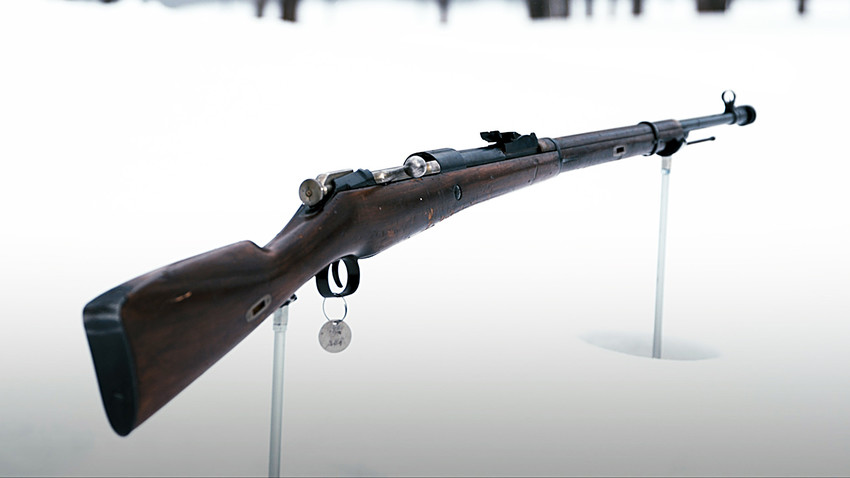Is this anti-tank rifle the greatest weapon Russia never had?

In the early
In those years the designers had been experimenting with new ammunition and a rifle "platform" from which it could be fired. Their choice fell on the Mosin 7.62 x 54 mm caliber rifle which fired fairly high-power rounds that could penetrate brickwork at 100 meters.
They decided to upgrade the "new" old rifle by giving it special armor-piercing 7.62 x 122 mm and 7.62 x 155 mm cartridges. Visually, the new ammunition merely resembled an elongated version of the standard Mosin rifle round. But in actual
Moreover, the rifle itself was adapted in a number of ways in order to enable it to fire such powerful cartridges. The designers increased the "size of the innards" of the Mosin, developed a new magazine, lengthened the barrel and installed a muzzle brake to ensure that each shot was spot on target.
But after a series of experiments, the military came to the conclusion that it did not make sense to convert the Mosin platform into an anti-armor weapon - it would have been an expensive undertaking and 14.7 mm cartridges remained much more effective for these purposes.
What is the Mosin rifle?
It is a five-shot bolt-action rifle developed in 1891 to fire 7.62 x 54 mm cartridges - a counterpart of NATO's .308 Win.
Throughout its
Aside from that, the Mosin evolved into one of the most widely used rifles of recent times - more than 37 million have been made in all. Some of them can be perfectly easily acquired on the open market for a reasonable $200, while individual examples can still today be encountered in military conflicts in the Middle East. In particular, Russian troops have taken Mosins as "trophies" from Islamic State fighters during fighting in Syria.
If using any of Russia Beyond's content, partly or in full, always provide an active hyperlink to the original material.
Subscribe
to our newsletter!
Get the week's best stories straight to your inbox